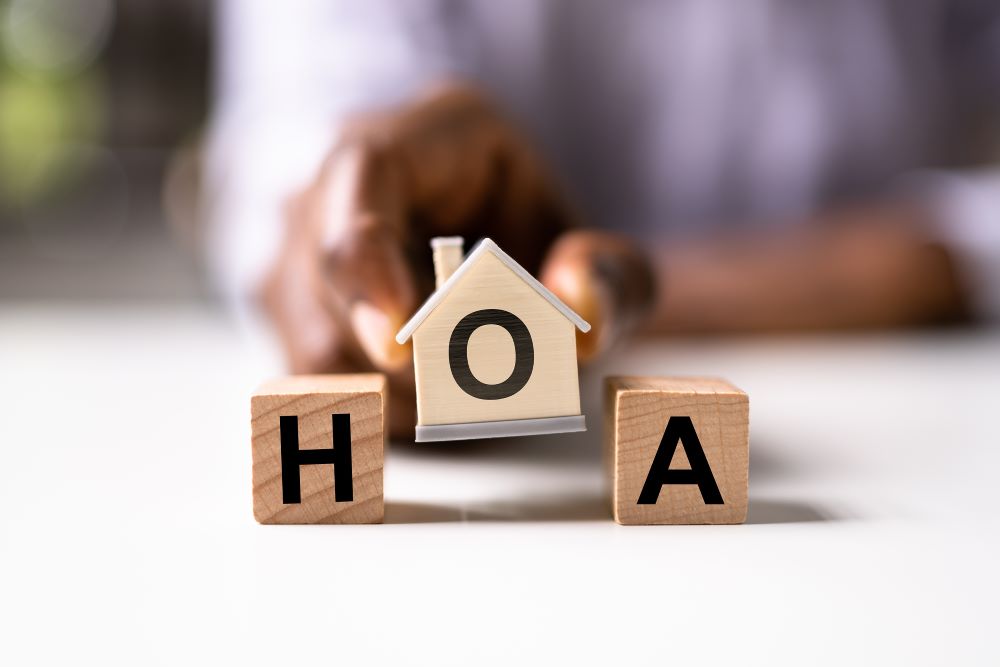Elevate Your Residential Neighborhood's Performance With Tailored HOA Monitoring Strategies
In the world of domestic area administration, the application of customized HOA methods stands as an essential consider driving performance and promoting an unified living environment. By personalizing management approaches to match the special requirements and dynamics of each area, a more streamlined and efficient procedure can be achieved. From enhancing budget allotment to boosting interaction platforms, the benefits of customized HOA administration methods are far-reaching. As we explore the details of this specific technique, a deeper understanding of its effect on area cohesiveness and operational efficiency arises, using a look right into the transformative potential it holds for household communities.
Value of Tailored HOA Administration
Tailored HOA monitoring is critical for enhancing the operational efficiency and area contentment within property neighborhoods. By personalizing management approaches to fit the special needs and characteristics of each house owners association (HOA), the total efficiency of the community can be dramatically improved. Customizing HOA administration involves a detailed evaluation of the specific demands, challenges, and objectives of the house, permitting the execution of targeted services that resolve these elements.
By understanding the preferences and top priorities of the citizens, HOA supervisors can make sure that plans and efforts align with the assumptions of the neighborhood participants, cultivating a sense of inclusivity and partnership. On the whole, customized HOA monitoring plays an essential duty in advertising consistency, performance, and contentment within household areas.
Streamlining Procedures for Performance
Reliable procedures are necessary for making the most of the effectiveness and productivity of residential area monitoring. Enhancing operations can lead to set you back financial savings, enhanced services, and increased resident contentment. One crucial aspect of streamlining procedures is carrying out technology remedies tailored to the specific demands of the neighborhood. This can include software program for handling maintenance demands, communication systems for citizens, and online settlement systems for fees. By digitizing procedures, documents is reduced, interaction is enhanced, and jobs are completed extra effectively.

Enhancing Interaction Channels
To optimize domestic community management even more, an important emphasis depends on improving communication channels to cultivate smooth communications and info dissemination among homeowners, team, and board participants. Clear and effective communication is important for guaranteeing that all stakeholders are kept educated, involved, and lined up with the community's objectives and campaigns. Implementing diverse interaction networks such as newsletters, emails, area online forums, social networks systems, and mobile applications can help with real-time updates, event announcements, plan modifications, and general community information.
Additionally, establishing a centralized interaction hub or platform where residents can access vital papers, submit maintenance requests, or elevate problems can improve transparency and simplify procedures. Motivating active engagement with surveys, feedback types, and community meetings can additionally supply beneficial understandings and promote a sense of area involvement and ownership. By leveraging modern technology and cultivating open communication networks, residential communities can grow a natural setting where info streams effectively, promoting cooperation and unity among homeowners, personnel, and board participants.


Building Area Engagement
Enhancing area engagement is a basic aspect of supporting a natural and vibrant property environment. Building solid area interaction within a household weblink neighborhood cultivates a sense of belonging, motivates active involvement, and reinforces social connections among citizens. One reliable strategy to improve neighborhood involvement is to organize regular get-togethers and tasks that satisfy the diverse interests of citizens. These occasions can vary from area picnics and holiday events to academic workshops and fitness classes, producing possibilities for homeowners to interact and bond with their neighbors.
One more vital element of structure neighborhood interaction is establishing open channels for communication and feedback. Offering locals with platforms you could check here to voice their concerns, suggestions, and point of views aids in producing a inclusive and transparent community where every voice is listened to and valued. austin homeowners association. Additionally, acknowledging and valuing the payments of engaged residents via efforts like volunteer programs or community honors can further incentivize energetic involvement and enhance the feeling of area pride and ownership. By concentrating on building neighborhood engagement, property communities can grow a more lively, connected, and unified living setting for all locals.
Practical Insights for Optimization
Structure upon the foundation of strong community engagement, sensible insights for optimization offer valuable approaches to improve the overall performance and efficiency of domestic community monitoring. Carrying out routine evaluations of area requirements and getting feedback from citizens can assist in recognizing locations for enhancement and customizing management strategies appropriately.
One more essential understanding for optimization check out this site hinges on cultivating solid vendor partnerships. By cultivating collaborations with trustworthy service suppliers and discussing favorable agreements, communities can guarantee cost-efficient and timely maintenance and fixings. Additionally, promoting openness and accountability within the property owner organization (HOA) monitoring team with clear interaction networks and well-defined duties can enhance decision-making processes and general functional efficiency.
Basically, by integrating these sensible insights into the household community administration technique, HOAs can maximize their procedures, increase resident fulfillment, and inevitably develop a more harmonious living environment for all community members.
Final Thought
In final thought, customized HOA monitoring approaches play an essential function in improving the effectiveness of property areas. austin homeowners association. By simplifying procedures, boosting interaction networks, and promoting neighborhood interaction, HOAs can enhance their general performance. It is important for HOAs to execute useful insights and techniques to ensure the smooth functioning of the area and to develop an unified living atmosphere for all citizens
Executing varied interaction channels such as newsletters, e-mails, neighborhood forums, social media systems, and mobile apps can facilitate real-time updates, occasion news, policy changes, and basic neighborhood news.
Structure strong area involvement within a domestic area promotes a sense of belonging, urges energetic participation, and reinforces social links amongst citizens. Recognizing and valuing the payments of involved residents with initiatives like volunteer programs or area awards can better incentivize active engagement and enhance the feeling of community satisfaction and ownership. austin homeowners association. By concentrating on building area interaction, residential communities can grow an extra lively, linked, and harmonious living setting for all homeowners
Structure upon the foundation of solid area involvement, practical insights for optimization offer useful techniques to boost the overall effectiveness and performance of residential neighborhood administration.